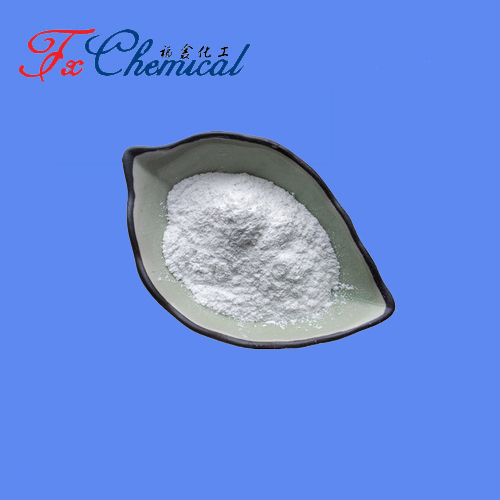
Search

Search

Introduction to Glyoxylic Acid
Glyoxylic acid, also known as oxoacetic acid, is an organic compound with the chemical formula C₂H₂O₃. It is a colorless solid that is highly soluble in water and exhibits both aldehyde and carboxylic acid functional groups. This dual functionality makes glyoxylic acid a versatile intermediate in organic synthesis and various industrial applications. It is a key component in the production of a wide range of chemicals, including pharmaceuticals, agrochemicals, and cosmetics.
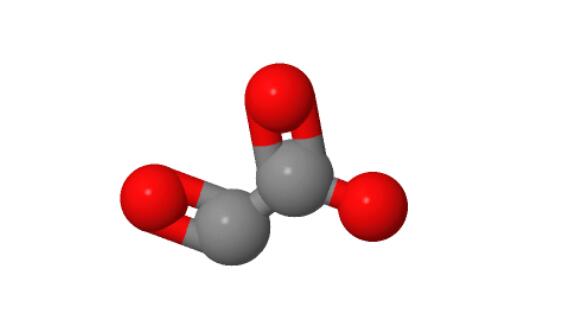
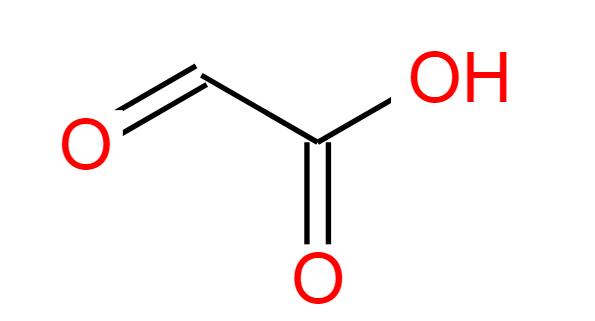
Overview of Glyoxylic Acid Production Technologies
Several methods are employed for the production of glyoxylic acid, each with its own advantages and limitations. The most prominent methods include the ozonolysis of maleic anhydride, the electrolytic reduction of oxalic acid, the oxidation of glyoxal, the selective oxidation of glycolic acid, and the hydrolysis of dibromoacetic acid. Below is a detailed comparison of these methods:
1. Ozonolysis of Maleic Anhydride: This method involves the reaction of maleic anhydride with ozone to produce glyoxylic acid. The process is highly efficient and yields a high-purity product. The ozonolysis method is advantageous due to its high selectivity and minimal by-product formation. Additionally, the process can be easily scaled up for industrial production.
2. Electrolytic Reduction of Oxalic Acid: In this method, oxalic acid is reduced electrolytically to produce glyoxylic acid. While this method is relatively straightforward, it requires a significant amount of electrical energy, making it less economical compared to other methods. Additionally, the process suffers from low space-time yield and the presence of residual oxalic acid, which is difficult to separate.
3. Oxidation of Glyoxal: Glyoxal can be oxidized to glyoxylic acid using various oxidizing agents. This method is efficient but requires careful control of reaction conditions to prevent over-oxidation. It is widely used but has drawbacks such as high solvent loss, equipment corrosion, low raw material yield, poor product quality, and significant environmental pollution.
4. Selective Oxidation of Glycolic Acid: Glycolic acid can be selectively oxidized to glyoxylic acid using specific catalysts. This method is advantageous due to its high selectivity, but the availability and cost of catalysts can be a limiting factor. The synthesis cost is relatively high, and obtaining a high-selectivity catalyst is crucial.
5. Hydrolysis of Dibromoacetic Acid: Dibromoacetic acid can be hydrolyzed to produce glyoxylic acid. This method is less commonly used due to the formation of hydrobromic acid as a by-product, which requires additional handling and disposal. The reaction conditions are mild, but the separation of reaction products is difficult, and the raw material cost is high, leading to suboptimal product yield and quality.
Superior Technology: Ozonolysis of Maleic Anhydride
The ozonolysis of maleic anhydride is a new technology that offers superior quality glyoxylic acid. This method involves the reaction of maleic anhydride or its derivatives with ozone, followed by reduction and hydrolysis to obtain glyoxylic acid (or its esters). This method has several advantages:

1. High Product Quality: The ozonolysis method produces high-purity glyoxylic acid, which is particularly suitable for producing solid products. The process also allows for precise control over the oxalic acid content, ensuring that the final product is free from impurities that are difficult to separate.
2. Colorless and Transparent Solution: The glyoxylic acid produced through this method can be formulated into a colorless and transparent solution, which is highly desirable for various applications, especially in the pharmaceutical and cosmetic industries.
3. Utilization of Abundant Resources: The process uses maleic anhydride, which is abundantly available in China, making it a cost-effective raw material.
4. Clean and Environmentally Friendly: The process is clean and environmentally friendly, with minimal waste and by-products.
5. High-Purity Product: The high-purity glyoxylic acid obtained can be used to synthesize high-value-added fragrances, pharmaceuticals, and intermediates.
By leveraging the ozonolysis of maleic anhydride, manufacturers can produce glyoxylic acid of superior quality, with controlled oxalic acid content and in a desirable colorless, transparent form. This technological advancement not only enhances the product’s applicability but also aligns with environmental and economic considerations.
Raw Materials for High-Purity Glyoxylic Acid Synthesis

The primary raw materials for synthesizing high-purity glyoxylic acid using the ozonolysis method are maleic anhydride and oxygen. Maleic anhydride, also known as butenedioic anhydride, is a highly reactive compound derived from the oxidation of benzene or butane. In China, maleic anhydride is abundantly available, making it a cost-effective raw material for glyoxylic acid production. Oxygen, on the other hand, is obtained through the separation of air, a process that is both efficient and economical.
For downstream products, the main raw materials include benzene, phenol, catechol, and other commonly used inorganic acids and bases. These materials are essential for the production of various derivatives of glyoxylic acid, which find applications in multiple industries.
Applications and Market of Glyoxylic Acid
Glyoxylic acid has a wide range of applications across various industries. Some of the key applications include:
1. Pharmaceuticals: Glyoxylic acid is used as an intermediate in the synthesis of various pharmaceutical compounds, including antibiotics, anti-inflammatory drugs, and cardiovascular medications.
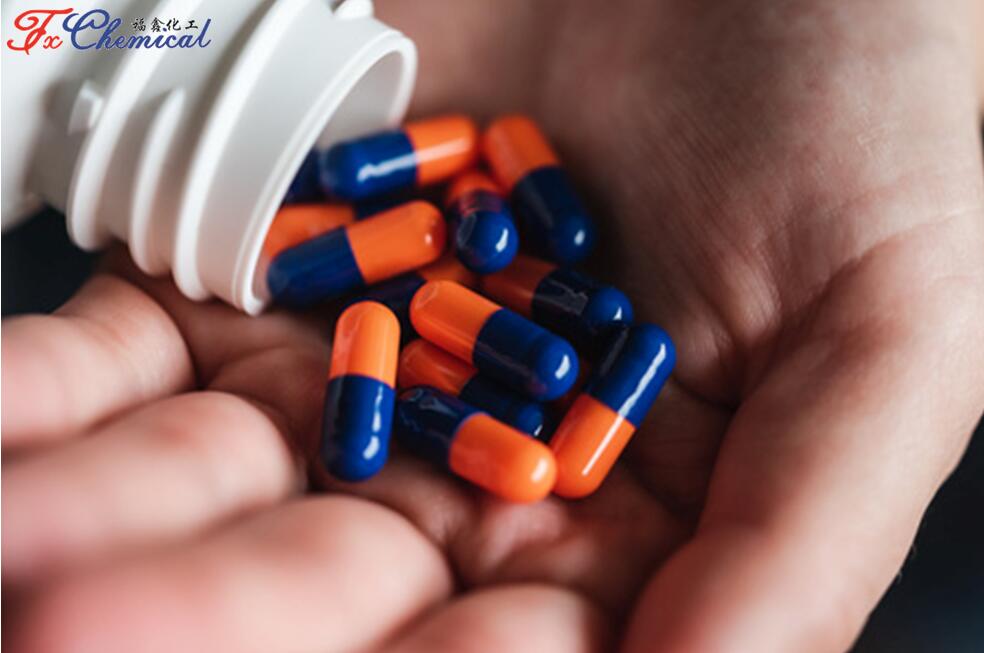
2. Agrochemicals: It is used in the production of herbicides, fungicides, and plant growth regulators. Glyoxylic acid derivatives are effective in controlling a wide range of pests and diseases in crops.
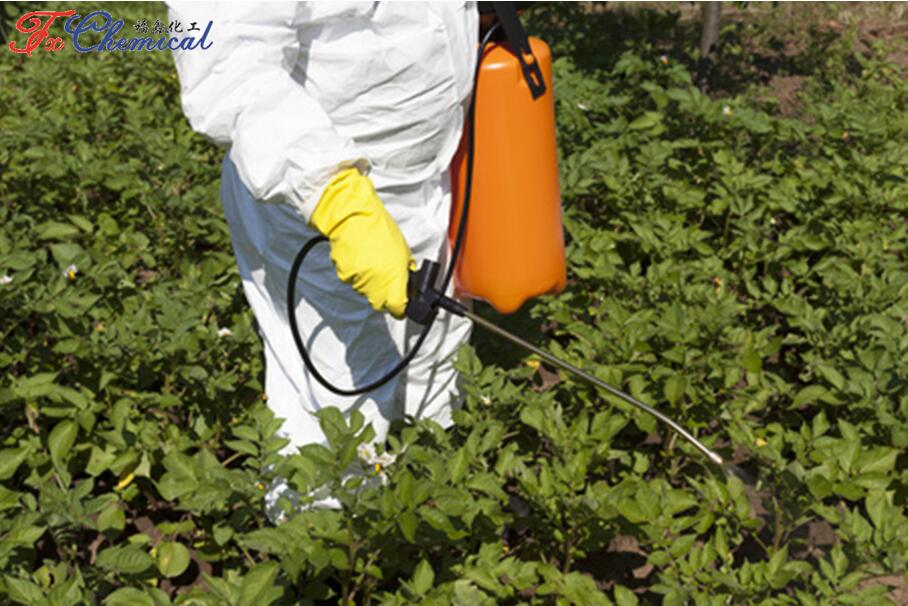
3. Cosmetics: Glyoxylic acid is used in the formulation of skincare products, hair straightening treatments, and anti-aging creams. Its ability to react with proteins makes it useful in improving the texture and appearance of skin and hair.

4. Food Industry: It is used as a flavoring agent and preservative in various food products. Glyoxylic acid derivatives are also used in the production of artificial sweeteners.
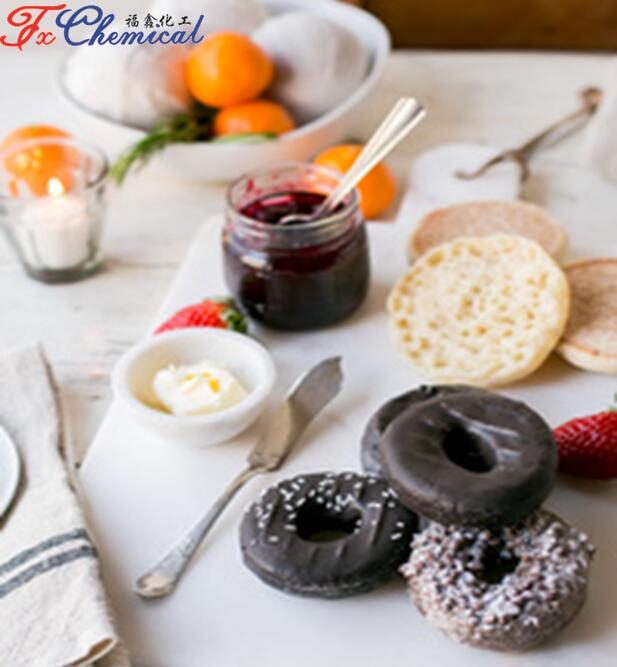
5. Aromas: Glyoxylic acid is a crucial intermediate in the synthesis of various aromatic compounds. It is used in the production of fragrances and flavors, contributing to the creation of high-value-added aroma chemicals. These aroma compounds are essential in the formulation of perfumes, scented products, and flavorings for food and beverages.
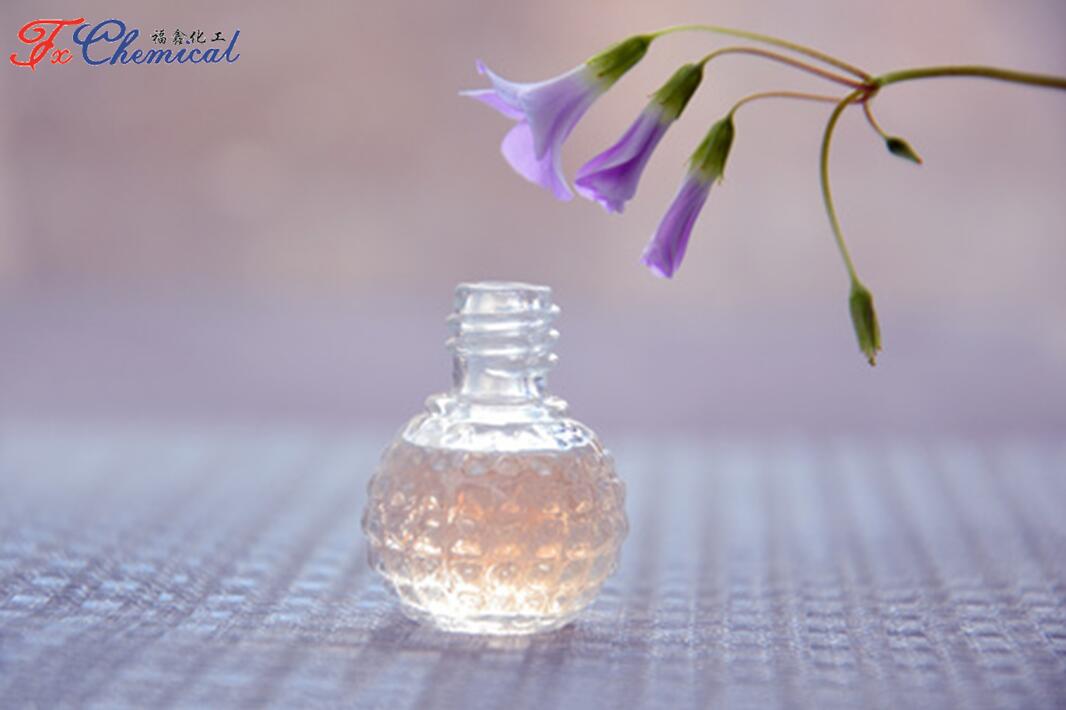
The global market for glyoxylic acid is growing steadily, driven by increasing demand from the pharmaceutical, agrochemical, and cosmetic industries. The Asia-Pacific region, particularly China, is a major producer and consumer of glyoxylic acid, owing to the abundant availability of raw materials and growing industrialization.
Conclusion
Glyoxylic acid is a versatile and valuable chemical with a wide range of applications in various industries. The ozonolysis of maleic anhydride is the most efficient and high-quality method for its production, offering numerous advantages over other methods. With the growing demand for glyoxylic acid in pharmaceuticals, agrochemicals, and cosmetics, the market for this compound is expected to expand further. As production technologies continue to improve, glyoxylic acid will play an increasingly important role in the synthesis of various chemicals and products, contributing to advancements in multiple fields.
Wuhan Fortuna Chemical Co.,Ltd is a professional manufacturer which provide Glyoxylic acid with good quality and best price, welcome to contact us to get COA/TDS/MSDS of Glyoxylic acid.

Quick Links
Add:
E-mail:
 English
English  Español
Español  français
français  العربية
العربية 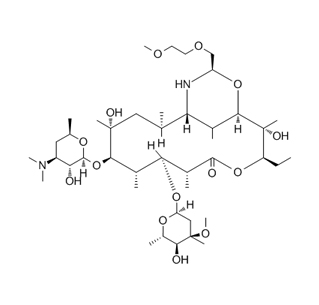
-γ-cyclodextrin主图.jpg)
